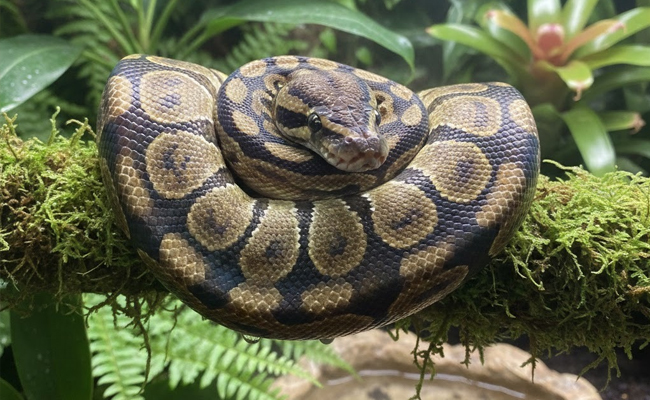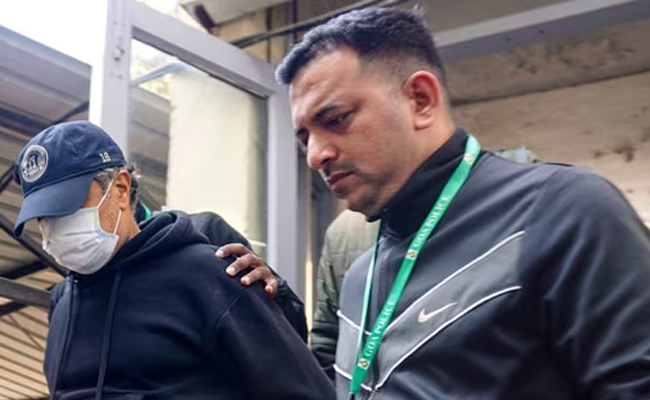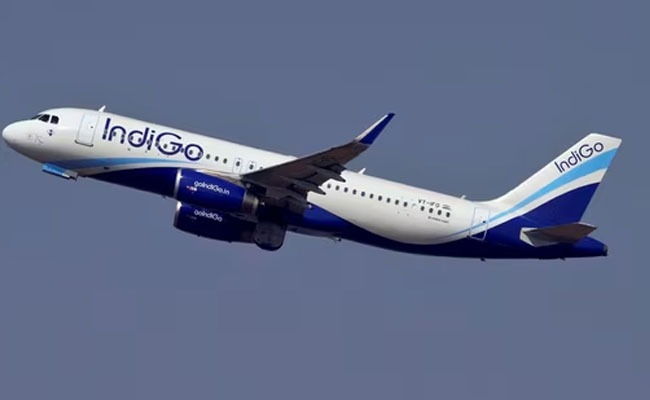Around 300 ALHs { Advanced Light Helicopter } of various varieties, including the Mk1, Mk2, Mk3, and Mk4, also known as the Rudra Weapon System Integrated, are flying with the three forces and the Coast Guard. The Army operates around 145 indigenous ALH, 75 of which are Rudra, with another 25 ALH Mk-III on order and due to be inducted over the next two years. The Air Force has around 70 ALH in service, the Navy has 18, and the Coast Guard has 20 ALH.
The ALH is a critical fulcrum for the services, including the Army, Navy, and Air Force. It is a utility helicopter that was designed in 1983 and is utilised across the services for a variety of duties, including personnel and material transport.
Following three separate accidents of ALH Dhruv in quick succession , Bengaluru-based Hindustan Aeronautics Limited has decided to replace a key component of the Dhruv Advanced Lightweight Helicopter in order to improve the fatigue tolerance of the made-in-India chopper, which serves as the rotary-wing mainstay for the Indian armed forces.
According to sources, the state-owned aviation will replace an aluminum-made control rod in the gearbox with a much tougher and corrosion-resistant material. This improves both the copter's fatigue tolerance and the pilots' control of the aircraft.
Insiders said the state-owned aviation will replace an aluminum-made control rod in the gearbox with a much tougher material and corrosion resistance . This increases the copter's fatigue tolerance as well as they pilots' control of the aircraft.
HAL officials said that the ALH had an excellent safety record, having flown more than 3,75,000 hours in the last two decades, and that metallurgical improvements to the gearbox's control rod is being carried out to improve the aircraft's performance.
The mean time for helicopter checks, which was originally 600 hours, has been reduced to 300 hours, and it has been learned that it has been further reduced to between 100 and 150 hours of flying.
Function of Control Rod in Helicopter Gear Box : Explained
The control rod in a helicopter gearbox is a mechanical linkage that transmits the pilot's control inputs to the main rotor and tail rotor systems. The control rod is typically made of a strong, lightweight material such as aluminum or titanium. It is connected to the pilot's controls in the cockpit and to the main rotor and tail rotor gearboxes. When the pilot moves the controls, the control rod moves, which in turn causes the main rotor and tail rotor to change pitch. This change in pitch causes the helicopter to move in the desired direction.
The control rod is a critical component of the helicopter's flight control system. It must be strong enough to withstand the forces generated by the main rotor and tail rotor, and it must be able to transmit the pilot's control inputs accurately. A malfunction of the control rod can result in a loss of control of the helicopter, which can be a fatal accident.
Here are the specific functions of the control rod in a helicopter gearbox:
-
Transmits the pilot's control inputs to the main rotor and tail rotor systems.
-
Allows the pilot to control the pitch of the main rotor and tail rotor.
-
Enables the pilot to move the helicopter in the desired direction.
-
Is a critical component of the helicopter's flight control system.
Here are some of the common problems that can occur with the control rod in a helicopter gearbox:
-
Bending or breaking of the control rod.
-
Corrosion or wear of the control rod.
-
Binding or jamming of the control rod.
-
Looseness or misalignment of the control rod.
-
Damage to the control rod's bearings or bushings.
These problems can lead to a loss of control of the helicopter, which can be a fatal accident. It is important to have the helicopter's control rod inspected and repaired regularly by a qualified technician to prevent these problems from occurring.

Let the Truth be known. If you read VB and like VB, please be a VB Supporter and Help us deliver the Truth to one and all.
Mumbai (PTI): A ball python, generally found in Africa, has been rescued from a residential area in Mumbai, a wildlife welfare group representative said on Thursday.
The reptile was found abandoned at a housing society in Mahim last week, triggering panic in the area.
After being alerted, members of a wildlife welfare NGO reached the spot, rescued the snake and handed it over to the forest department, he said.
The ball python is not native to India. Hence, the reptile found here is suspected to be a lost or abandoned illegal pet, the Resqink Association for Wildlife Welfare (RAWW) said.
The forest department is investigating the matter to initiate necessary action, it said.
The snake will be rehabilitated in consultation with experts from RAWW, the NGO said.





